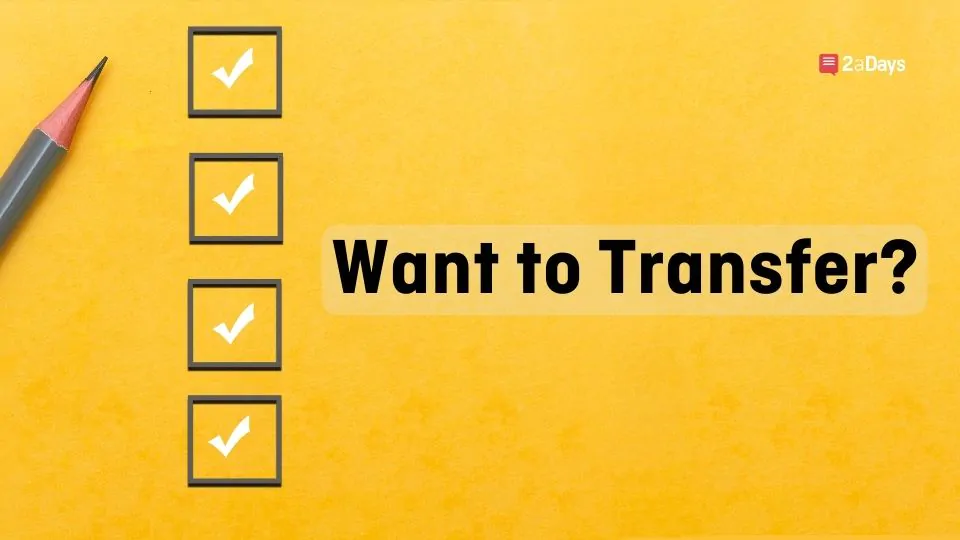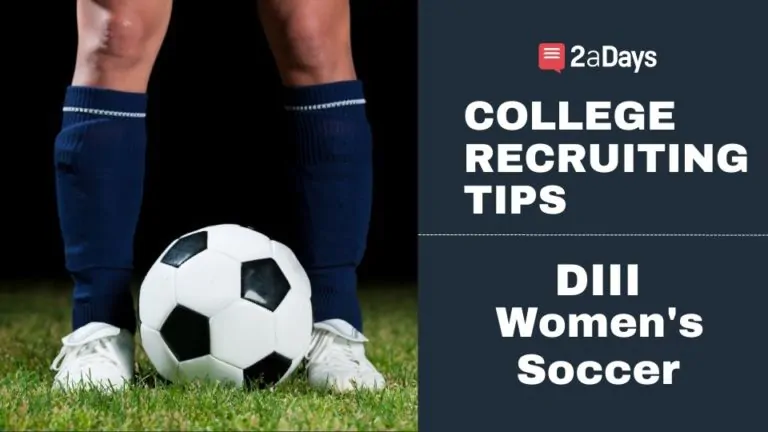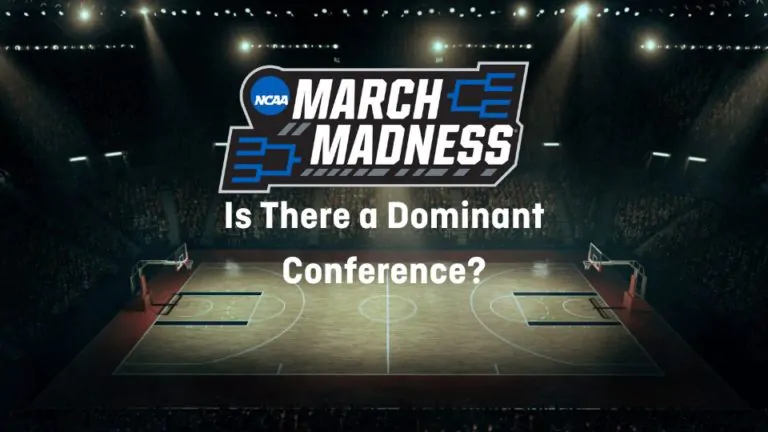Transferring to an entirely different university, sometimes in a completely different state or region of the country, can feel overwhelming. Ensuring that you meet all NCAA and school guidelines is crucial to a successful transfer. 2aDays has put together a checklist of things to make sure to complete in order to have the best transfer process possible.
Related: Want to Switch Schools? Here are 5 Common Questions About the Transfer Process to Help You Out
Apply to the school you are interested in transferring to
Applying to the school you are interested in through the admissions office may seem like a step that seems very obvious. However, it can often be overlooked if you're overly-focused on staying in compliance with the athletic departments of both the current and new university, along with compliance staff and other departments. By declaring an intent to transfer and then completing the entire application from the admissions department, an athlete can ensure that they remain in compliance when applying to another school.
Register for the NCAA Eligibility Center
Registering for the NCAA Eligibility Center is crucial for transferring to a new university. The NCAA Eligibility Center is your one-stop shop for ensuring all paperwork and materials have been submitted to become a college athlete. If you did not register upon entering college, it is important to register when considering transferring to ensure that you still have eligibility, according to the NCAA. By registering for the NCAA Eligibility Center, this provides the NCAA (and both schools) information regarding your initial eligibility status, which plays a role in which transfer rules apply to you.
Confirm that you still have NCAA eligibility
College athletes typically have four years of eligibility to compete in their respective sport, but due to COVID-19, some were granted an extra year of eligibility; normally, though, NCAA eligibility for student-athletes lasts four years. Now that the pandemic is winding down, things are going back to normal, so remember that in order to transfer, you must have remaining eligibility to compete. You can visit the NCAA Eligibility Center and your current school's athletic compliance office can confirm your eligibility remaining.
Confirm that you have NCAA transfer eligibility
Each school has varying rules regarding transfer eligibility. Some universities require that athletes sit out of competition for a year after transferring to a new school. However, sometimes exceptions can be met, allowing immediate competition to take place. Your potential new school's athletic compliance office and coaching staff will be able to provide this information to you when considering a transfer.
Initiate the transfer process with the athletic department compliance staff at your current university
To begin the transfer process formally, and depending on your current and new universities' requirements, you may be required to visit the athletic department compliance office to formally begin the transfer process. This step allows the proper channels to be followed to ensure that NCAA compliance is being met to transfer to a new university. The compliance office will provide information on what to do in order to transfer and the NCAA has resources, like this one, to give details to all student-athletes.
Confirm with your new school's athletic department compliance staff that you have met all of the requirements to transfer.
Each school has the possibility of having additional requirements and items to complete before transferring. By confirming with one of the new school's athletic department compliance officers or administrators that you have completed all of the tasks required, you will be ready to actually transfer.
Related: 6 Tips on Handling The Transfer Process as a College Athlete
While transferring can be very daunting, by ensuring you are in line with your current university and the college you plan to transfer to, the process can be easily completed. These helpful tips can help your transfer process set you on the right track for success and the chance to complete your athletic and academic career at the school that fits you best.
Have an idea for a story or a question you need answered? Want to set up an interview with us? Email us at [email protected]
* Originally published on July 22, 2022, by Caleb Myers







